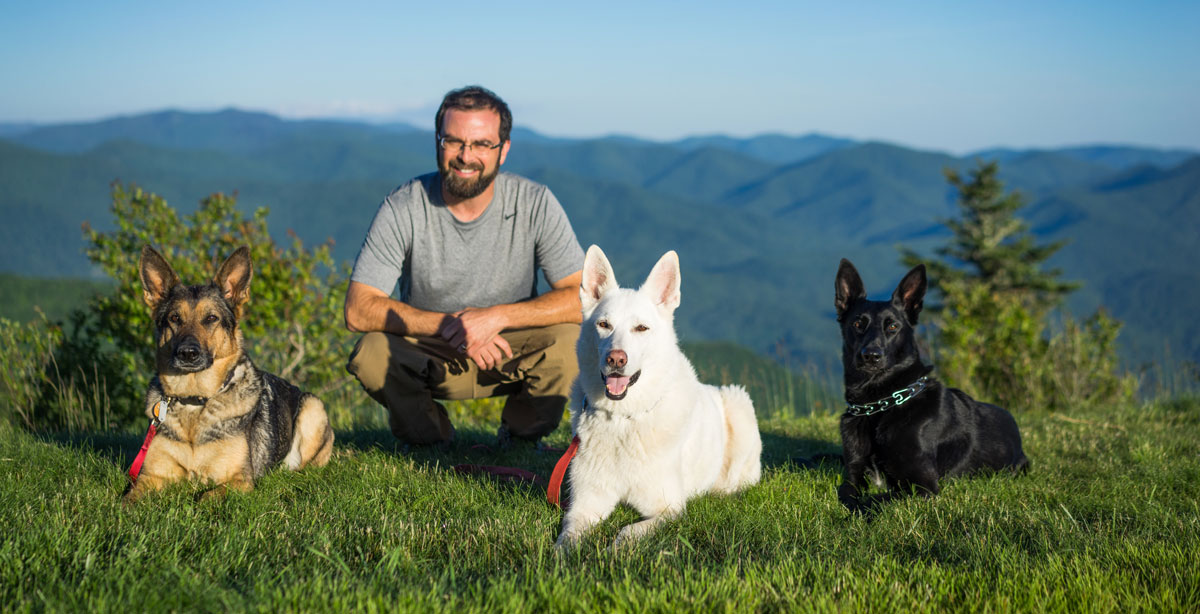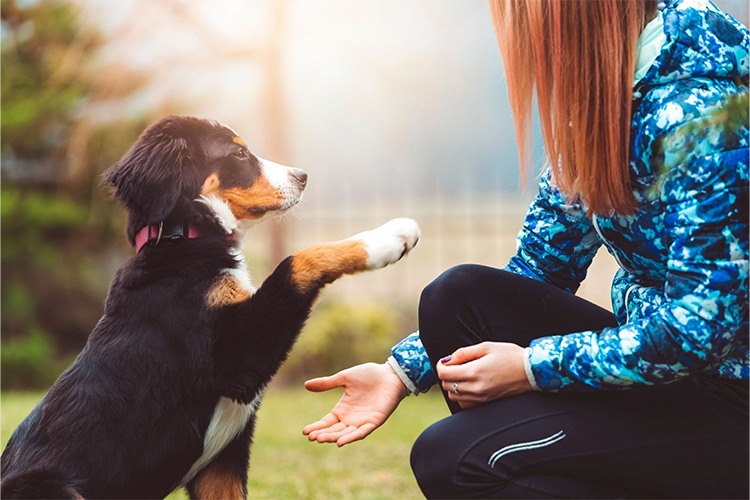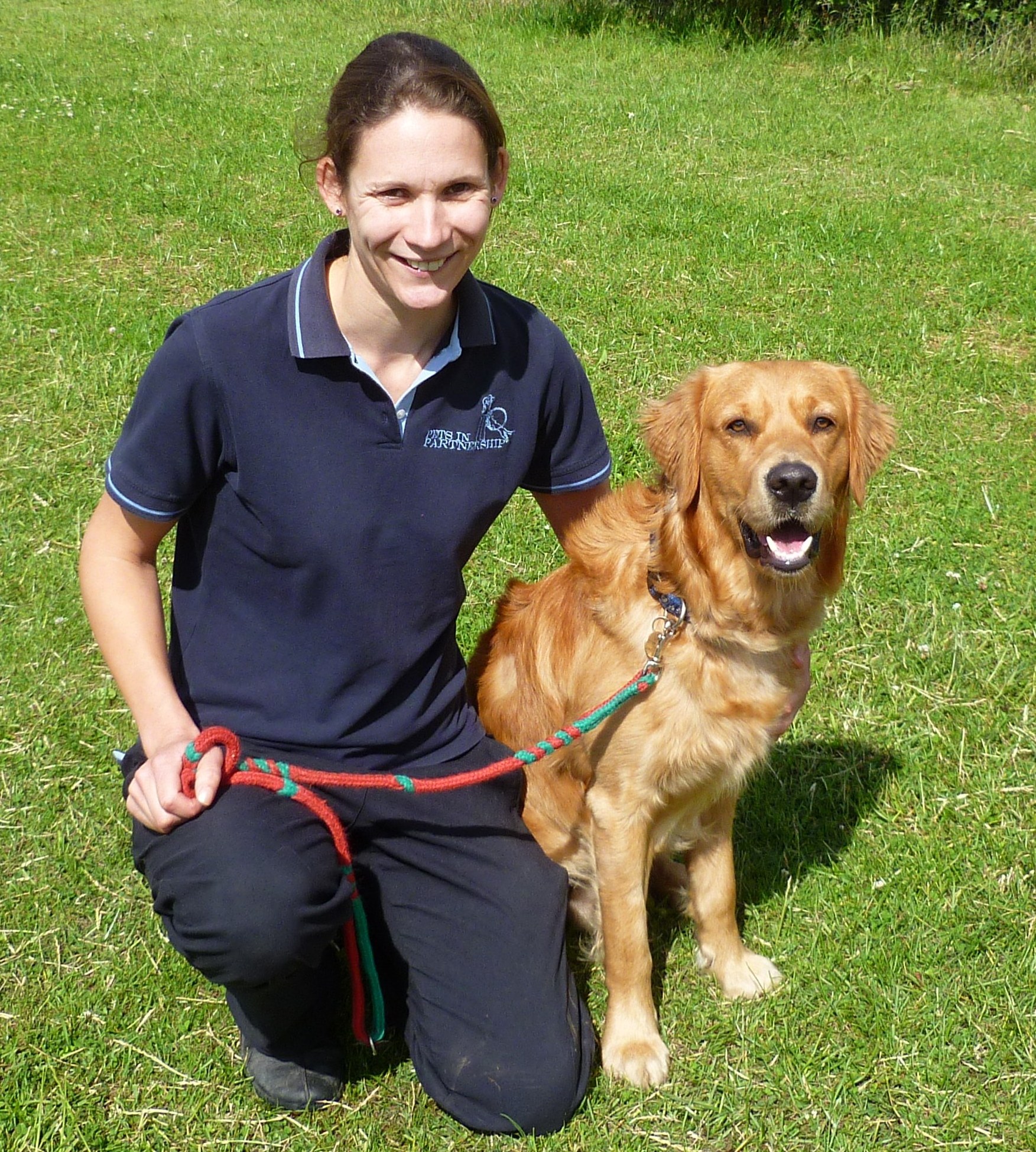Vital Tips for Effective Dog Training: A Guide for Pet Dog Owners
Efficient canine training is a complex process that needs a strategic technique customized to both the pet dog's character and the owner's objectives. Comprehending just how to navigate these challenges can significantly enhance the training experience, ultimately transforming the relationship in between owner and pet dog.
Recognizing Canine Behavior
Comprehending dog actions is important for effective training and cultivating an unified partnership between canines and their proprietors. Pets communicate largely with body movement, vocalizations, and activities, making it important for proprietors to translate these signals properly. Recognizing a pet dog's stance, tail setting, and ear alignment can give understandings into its emotional state. As an example, a wagging tail does not always suggest happiness; it can also signal exhilaration or anxiousness.

Socializing plays a substantial duty in pet dog habits; exposure to various environments, individuals, and various other pets can substantially affect a canine's temperament. Factors such as type qualities and individual personality ought to guide training approaches, as some breeds might have certain behavioral attributes that demand tailored approaches. By comprehending these elements, proprietors can create an encouraging atmosphere that urges positive actions, causing effective training results and a much deeper bond with their family pets.
Developing Constant Commands
Reliable communication with your pet begins with developing consistent commands. This foundational component of training is vital for fostering understanding between you and your pet dog. Consistency in the commands you make use of guarantees that your pet dog can reliably connect details words or phrases with the preferred actions.
When selecting commands, select clear, distinctive words that are easy to state and set apart from each other. Avoid using similar-sounding commands that might perplex your dog. As an example, utilizing "rest" and "remain" is appropriate, however "rest" and "struck" could lead to misunderstandings.
Additionally, preserve the exact same tone and quantity for each and every command. Dogs are delicate to vocal hints, so differing your tone can develop complication.
It is just as crucial to make sure that all family members get on the exact same page concerning the commands used. A united front in command use will prevent combined signals and strengthen the knowing process.
Favorable Reinforcement Strategies
The power of favorable reinforcement in pet training depends on its ability to urge preferred behaviors with rewards and appreciation. This method is based in the principle that behaviors complied with by beneficial end results are more probable to be repeated. By integrating positive support right into your training program, you can effectively form your dog's actions in a constructive fashion.
To carry out favorable reinforcement, it's crucial to determine what encourages your canine, whether it be deals with, toys, or spoken appreciation. When your canine executes a desired activity, such as resting on command, right away compensate them with a treat or love. This organization between the command and the favorable end result strengthens their understanding.
It's critical to timing the rewards properly; supplying the reinforcement within seconds of the wanted behavior helps your pet dog make the link (dog training). Additionally, consistency is crucial-- ensure that all relative make use of the same commands and reward systems to stay clear of complication

Gradually, you can lower the frequency of treats as your pet dog finds out the behavior, transitioning to praise or periodic benefits. This approach not just fosters a strong bond between you and your canine however likewise advertises a favorable understanding environment, making training a pleasurable experience for both.
Socialization and Communication
Constantly revealing your pet to a selection of settings, individuals, and various other pets is crucial for their social development. Socialization should begin early, ideally throughout the critical home window of 3 to 14 weeks, when pups are most responsive to brand-new experiences. Nonetheless, older pets can additionally profit from continuous socializing efforts.
Introduce your dog to different setups, such as parks, pet-friendly shops, and metropolitan areas. This exposure aids them adjust to different stimuli, reducing anxiety best site and anxiety feedbacks. Motivate positive interactions with various other pet dogs and people, ensuring that these experiences are secure and controlled to promote confidence.
Make use of organized playdates with well-mannered pet dogs, as this can enhance your pet's social skills and teach them appropriate habits. Obedience courses and training sessions additionally supply superb possibilities for socializing, allowing your pet dog to communicate with others in my sources a monitored environment.
Display your dog's body movement throughout interactions, as this will certainly help you assess their comfort level. Progressively enhance direct exposure to more difficult scenarios while guaranteeing that each experience is favorable. A well-socialized dog is a lot more most likely to exhibit well balanced actions, making them a joy to have in any kind of setting.
Attending To Common Training Difficulties
Every pet dog proprietor will come across training obstacles at some point, regardless of their pet dog's age or socializing degree. Identifying typical problems such as stubbornness, disturbances, and fearfulness can help in establishing reliable approaches for renovation.

Gradually introduce disturbances as the pet dog ends up being much more proficient in commands. Short, frequent training sessions are also reliable in keeping interest.
Fearfulness can hinder a dog's learning procedure. Progressive desensitization to the source of fear, paired with favorable support, can help reduce anxiousness. Perseverance is vital; never force a pet into a situation that creates distress, as this might exacerbate the concern.
Eventually, understanding and dealing with these common obstacles with a structured strategy will certainly foster an extra efficient training experience, reinforcing the bond between dog and proprietor while promoting reliable knowing.
Verdict
In summary, effective pet dog training relies on a detailed understanding of canine behavior, the facility of consistent commands, and the application of favorable reinforcement methods. Socialization plays an essential function in creating well-adjusted animals, while resolving common training obstacles requires persistence and flexibility. By executing these crucial techniques, pet dog owners can promote a solid bond with their dogs and promote preferable behaviors, eventually bring about a harmonious connection in between human beings and their canine companions.
Comprehending pet dog actions is important for efficient training and cultivating a harmonious relationship between pooches and their proprietors.Socializing plays a significant function in pet dog actions; direct exposure to various environments, people, and various other pets can dramatically affect a pet dog's temperament.The power of positive reinforcement in pet dog training exists in its capacity to urge desired behaviors through rewards and praise. By incorporating positive reinforcement into your training program, you can successfully form your pet dog's habits in a positive fashion.
In recap, effective pet dog training depends on a detailed understanding of canine actions, the facility of regular commands, and the application of favorable support strategies.